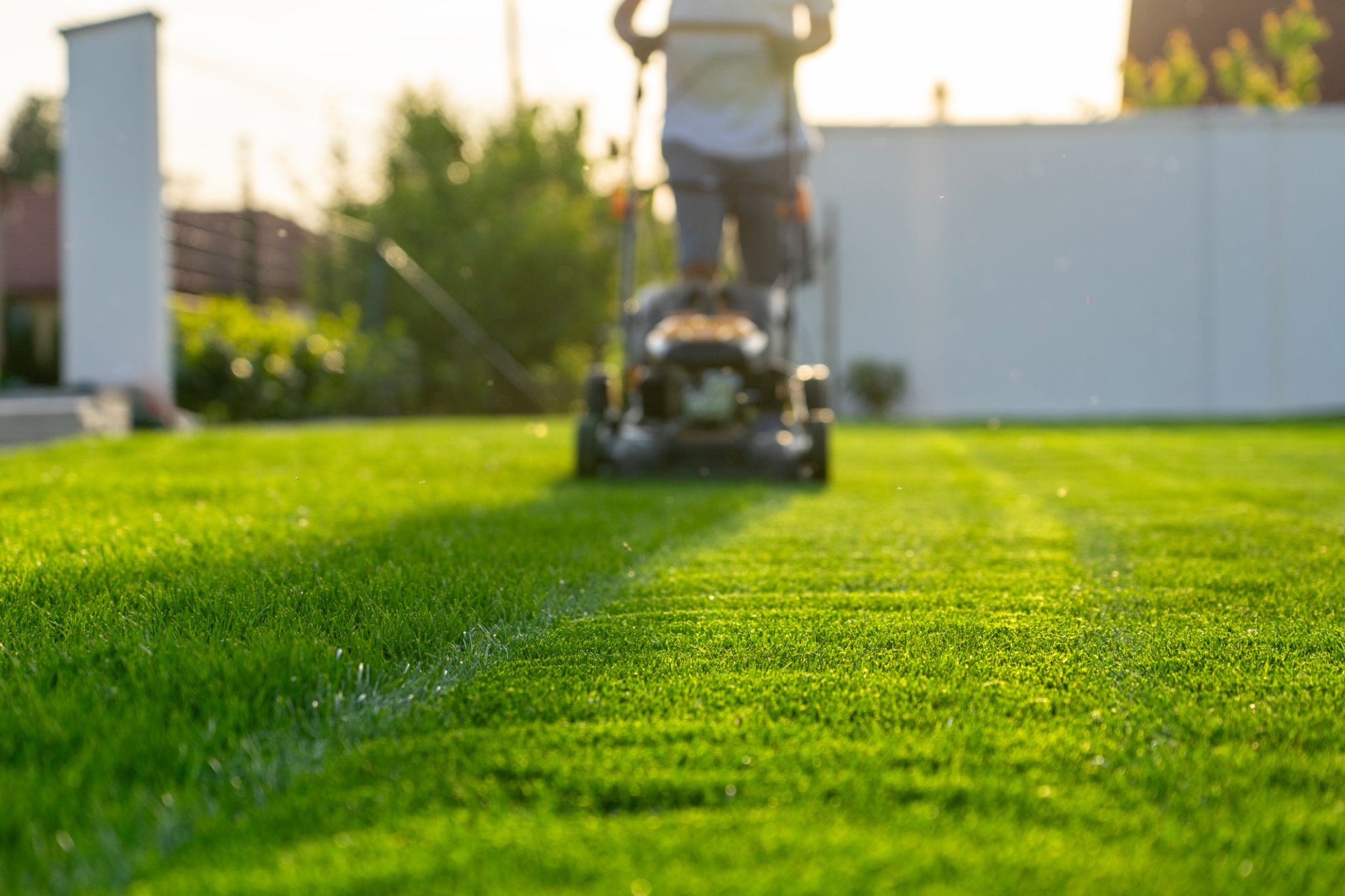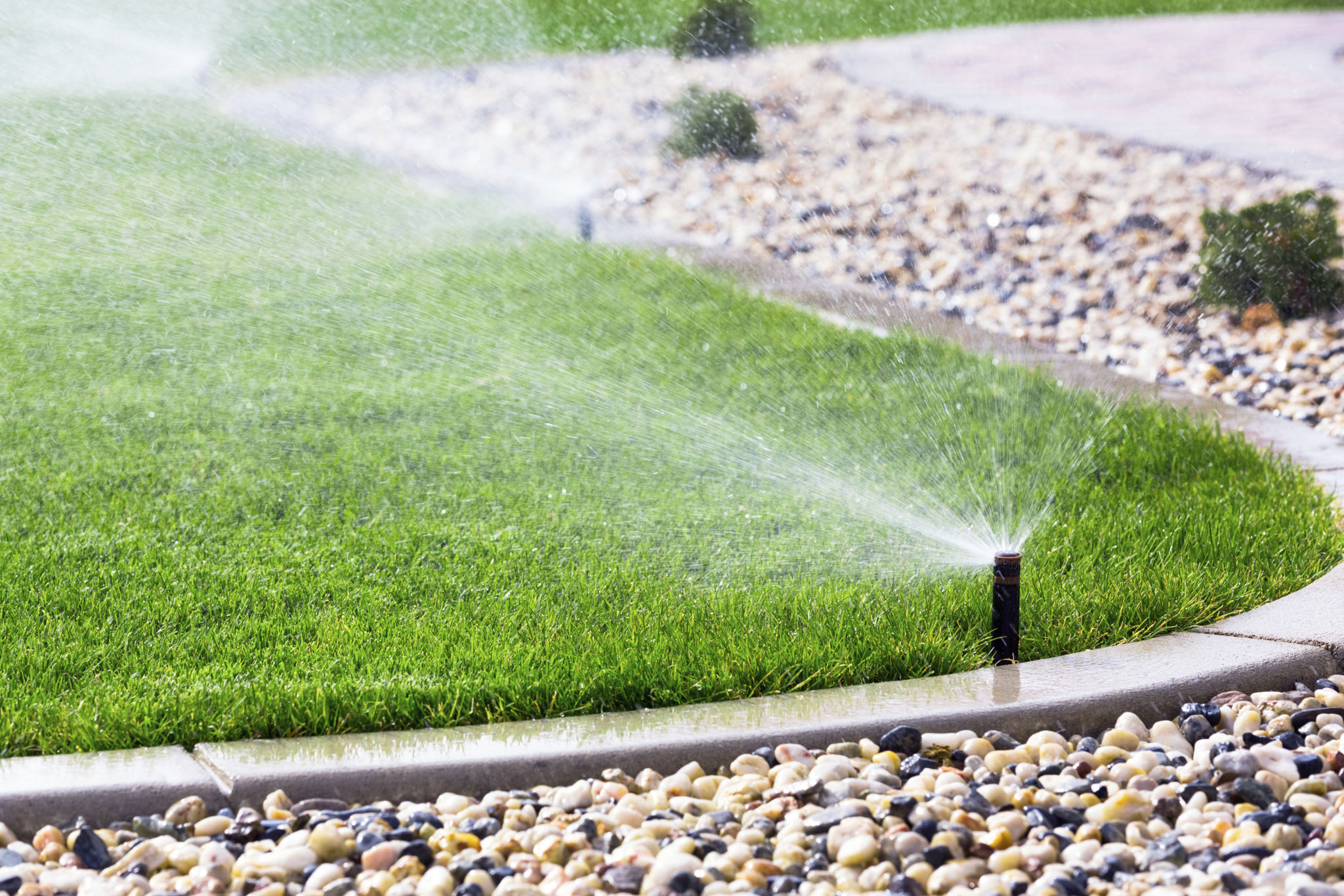Lawn Care Myths Debunked: What You Really Need to Know
Understanding Lawn Care Myths
Lawn care is an essential aspect of maintaining a beautiful home, but over time, numerous myths have emerged that can lead to ineffective or even harmful practices. Understanding the truth behind these myths can help you cultivate a lush and healthy lawn.

Myth 1: Watering Daily is Essential
One common misconception is that lawns need to be watered every day to thrive. In reality, overwatering can be detrimental, leading to shallow root systems and increased susceptibility to disease. Instead, water deeply but less frequently, aiming for about one inch of water per week, including rainfall.
When you water, do so early in the morning to minimize evaporation and allow the grass to dry throughout the day, reducing the risk of fungal diseases.

Myth 2: Shorter Grass Means Less Mowing
Many people believe that cutting grass shorter will reduce the need for frequent mowing. However, this can actually harm your lawn. Grass that is cut too short is more vulnerable to the sun's heat and can become stressed and brown.
The ideal mowing height varies depending on the type of grass, but generally, you should not cut more than one-third of the grass blade length at a time. This encourages deep root growth and healthier grass.

Myth 3: Fertilizer is Best Applied in Spring
While spring fertilization can be beneficial, applying fertilizer in the fall is often more effective. Fall fertilization helps strengthen roots and provides essential nutrients that prepare your lawn for winter.
Consider using a slow-release fertilizer to provide your lawn with consistent nutrients over time. Always follow the instructions on the fertilizer package to avoid over-application, which can lead to nutrient runoff and environmental harm.
Additional Misconceptions About Lawn Care
Beyond watering and mowing, there are other myths that can impact how you care for your lawn. Understanding these can help you make informed decisions that promote a healthy landscape.
Myth 4: Thatch is Always Harmful
Thatch, a layer of organic material between the grass blades and soil, is often thought to be harmful. While excessive thatch can impede water and nutrient absorption, a thin layer can actually protect your lawn by insulating roots and minimizing moisture loss.
- If you notice more than half an inch of thatch, consider dethatching in the spring or early fall.
- Regular aeration can also help decompose thatch naturally by improving soil contact.

Myth 5: Weeds Can Be Eliminated Quickly
The desire for a weed-free lawn is common, but expecting overnight results might lead to disappointment. Effective weed control often requires patience and persistence. Spot-treating weeds with targeted herbicides can be effective without harming your entire lawn.
Additionally, maintaining a thick and healthy lawn through proper mowing, watering, and fertilization is one of the best defenses against weeds, as it leaves little room for them to grow.
Conclusion: Cultivating Lawn Wisdom
Debunking these lawn care myths allows you to focus on practices that truly benefit your lawn. By understanding the needs of your grass and applying thoughtful care techniques, you can enjoy a vibrant and healthy lawn year-round.
Remember that each lawn is unique; observing how your lawn responds to various treatments will help you create a customized care plan. Embrace knowledge over myths to achieve the best results in your lawn care endeavors.
